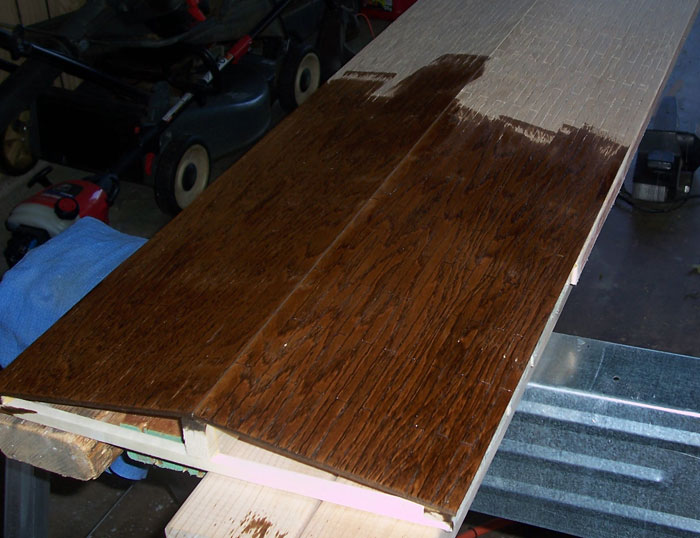The noun form is “a cover” and figuratively means “a redemption-price.” This is the first use of this word in the Bible. The next time it appears is in Genesis 32:20 when Jacob is returning to Canaan, and is faced with meeting with his brother Esau. Jacob sends his servants ahead of his caravan with gifts for Esau in hopes that he “will appease him with the present that goeth before me.” The word “appease” is the same Hebrew word kaphar. The word appears many times in the Pentateuch, and is normally translated “atone” or “atonement.” In Deuteronomy 21:8 it is translated “be merciful,” and might otherwise be translated, “Cover [or atone], O LORD … thy people Israel, whom thou hast redeemed …”
 The covering of the Ark within and without with “pitch” is type of the atoning (covering) blood of Jesus Christ that not only saves, but seals the one who trusts in Him. “[Christ] In whom ye also trusted, after that ye heard the word of truth, the gospel of your salvation: in whom also after that ye believed, ye were sealed with that holy Spirit of promise, Which is the earnest of our inheritance until the redemption of the purchased possession, unto the praise of his glory” (Ephesians 1:13-14, emphasis added).
The covering of the Ark within and without with “pitch” is type of the atoning (covering) blood of Jesus Christ that not only saves, but seals the one who trusts in Him. “[Christ] In whom ye also trusted, after that ye heard the word of truth, the gospel of your salvation: in whom also after that ye believed, ye were sealed with that holy Spirit of promise, Which is the earnest of our inheritance until the redemption of the purchased possession, unto the praise of his glory” (Ephesians 1:13-14, emphasis added).
The Greek word sphragizo translated “sealed” does not have the same connotation as the Hebrew kaphar. Instead, it means to “stamp” for security. A good example of this is rendered in Revelation 5 when a “book” sealed with seven seals is brought forth to see who is worthy or qualified to open it. Either way, whether it is the “covering” for sins or the “stamp” of ownership that identifies the believer as belonging to Christ, the seal offers complete security.


